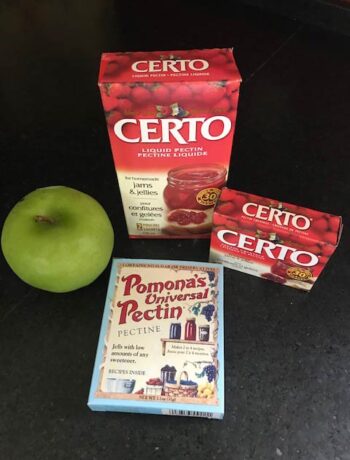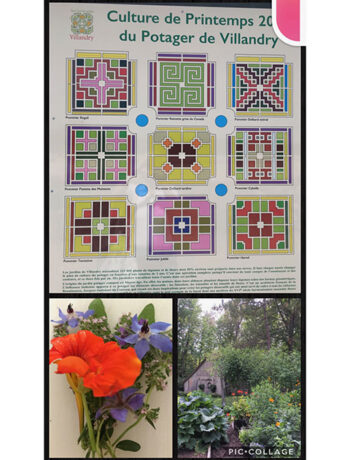Role of Sugar
When we preserve foods, the two main goals are safety and quality. Sugar does not play a key role in food safety, but it does play a significant role in preserving quality especially for long-term storage. Sugar helps fruit and vegetables retain colour, taste, and texture. It can enhance flavour or provide balance to acid which is why it is often added in small amounts to pickled products. Sugar, as a carbohydrate, is a thickener. When crushed fruit is left to ‘marinate’ with sugar for 24hrs, the sugar moves into the cells of the fruit removing the air. This prevents ‘floating fruit’ in jam recipes. Sugar plays important roles in canning but many people are interested in reducing or eliminating it altogether. What are the options?
Reducing Sugar
The canning of fruit is generally done in a sugar syrup which may range in sugar content from ‘heavy’ to ‘ultra-light’. It is possible to reduce sugar in syrups or use fruit juice instead. It is even possible to safely can fruit in water, but it will affect quality.
Another way to reduce or eliminate sugar is by using low-methoxyl pectin known as no or low-sugar pectin. Pomona, Ball, Certo, SureJell, and Bernardin all produce this type of pectin. Recipes are developed specifically for use with this type of pectin. For example, check out the Bernardin website (www.bernardin.ca) for a selection of recipes. These recipes use Bernardin’s no/low sugar pectin and unsweetened fruit juice. Many recipes using low-methoxyl pectin refer to jams as “spreads” because of the difference in texture.
Using Less Processed Sugar
Honey, agave, and maple syrup are also alternatives to processed sugar. Ontariohoney.ca recommends using 1 cup honey to 3 cups water for a light syrup for canning fruit. They also suggest substituting half the amount of sugar in each jam/jelly recipe with honey. If the recipe calls for 4 cups of sugar, use 2 cups of honey. The use of commercial pectin is needed when making this substitution and the set will be softer than you would get with sugar. A small amount of Agave syrup may be added to water when making a syrup for canning fruit. Agave flavour is enhanced through heat processing so using a small amount if advised. Maple syrup may be substituted for ¼ of the sugar if using low/no sugar pectin.
Using Non-Nutritive Sweeteners
Non-nutritive (artificial) sweeteners may be safely used in canning. While aspartame is destroyed by heat and is therefore not used in canning, others like Sucralose (Splenda) and Stevia are heat stable and may be used. On the science-based website “Healthy Canning” (www.healthycanning.com) there are several recipes specifically developed for use with liquid Stevia and Splenda. These recipes all use low-methoxyl pectin.
The Take-Aways
If you want or need to reduce or eliminate processed sugar from your canning efforts, there are alternatives using both nutritive and non-nutritive options. These options are safe but will not offer the same benefits of sugar in terms of preserving quality- taste, texture, and colour. As always, choose recipes from reputable sources that have been developed in test kitchens.
For information:
preservingwithmartha@gmail.com





No Comments